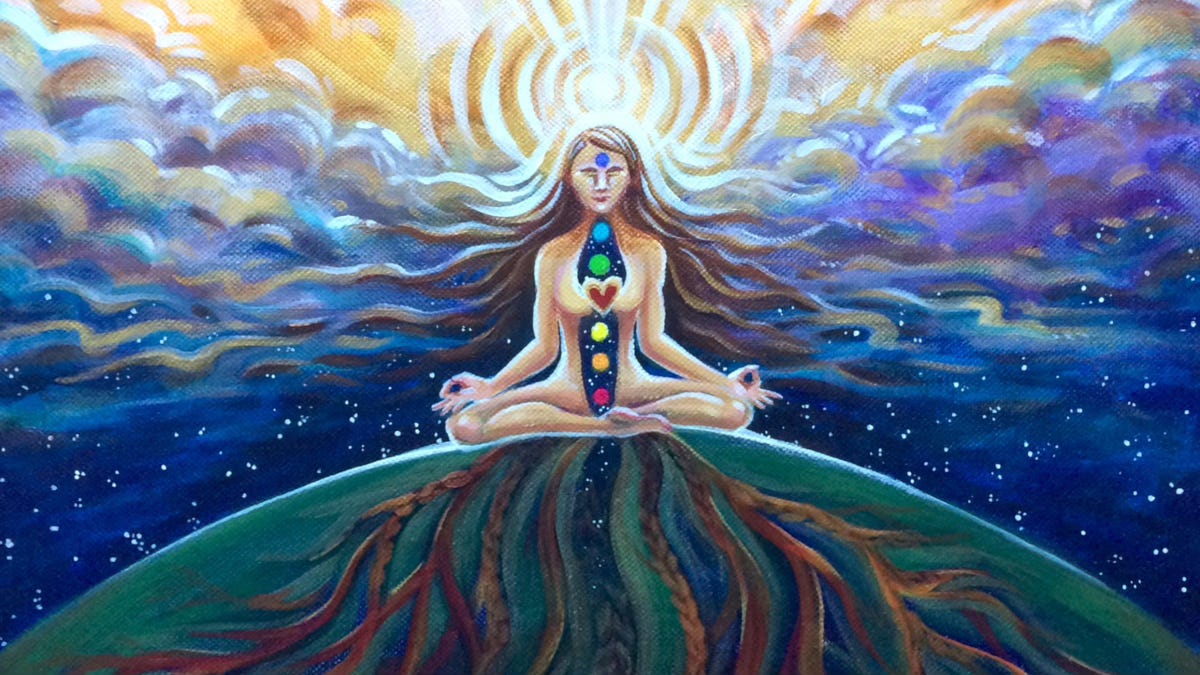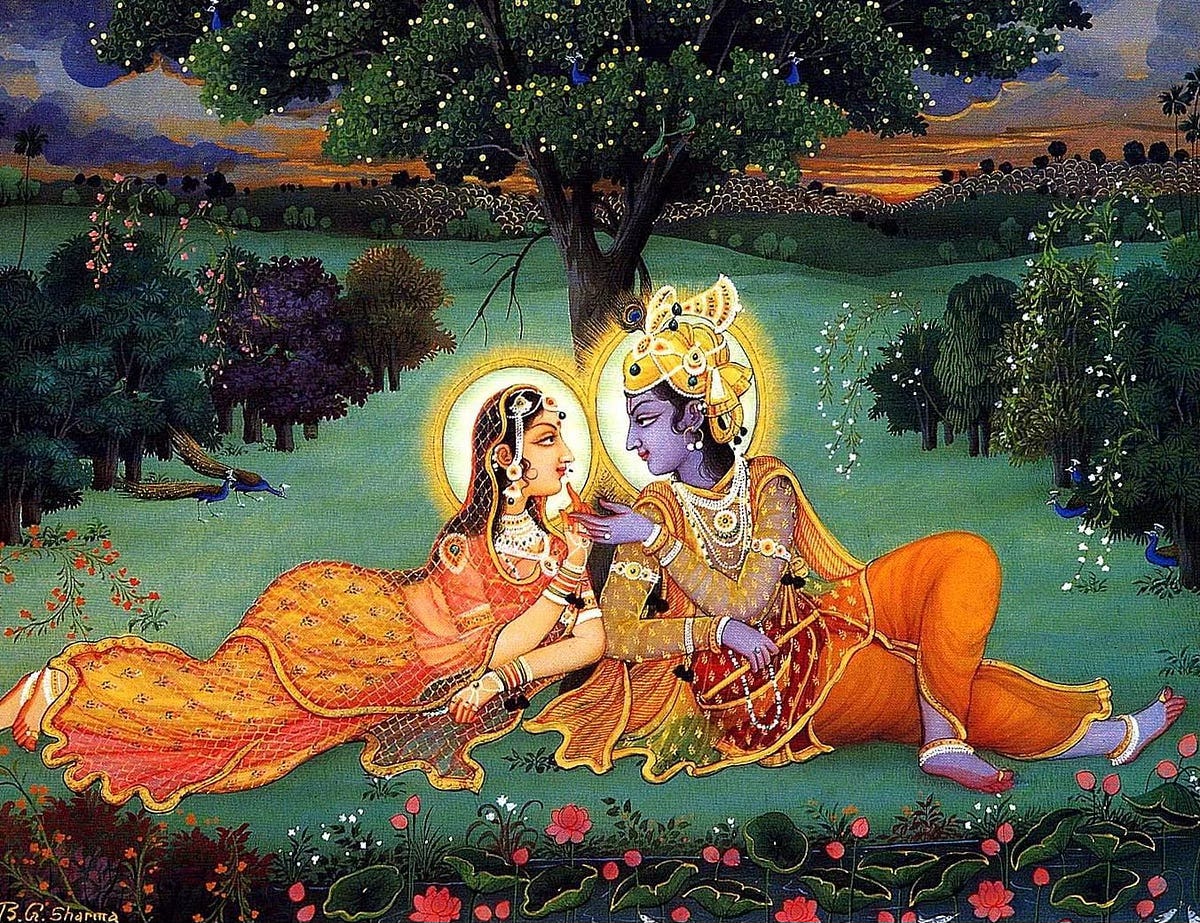The Divine Feminine — and why it belongs to everyone
We all carry Her energy—intuition, creativity, care, and rhythm. Ready to awaken yours?
The phrase divine feminine names a way of being: a cluster of qualities, an orientation toward life, and a symbolic current that shows up in myth, ritual, art, and everyday relationships. It’s often described in feminine terms because cultures have long associated receptivity, nurturance, and cyclical time with what they call “the feminine.” But the divine feminine is not a gendered property locked to women. Outside the human construct of gender—beyond social roles and physical anatomy—every person can access, cultivate, and embody divine feminine energy.
What people mean by “divine feminine”
At its core the divine feminine emphasizes:
Receptivity: listening, allowing, holding space without immediately controlling or fixing.
Intuition: trusting inner knowing and subtle intelligence rather than only rational proof.
Creativity and embodied expression: birth—literal and metaphorical—of ideas, art, relationships, and new social forms.
Nurturance and care: tending, protecting, growing, and regenerating life and community.
Cyclicity and rhythm: awareness of natural cycles, seasons, and processes rather than a linear “always forward” tempo.
Relationality: valuing connection, interdependence, and emotional attunement.
These are archetypal qualities found across cultures: goddesses and mothers, earth-deities and oracles, poets and healers. In many spiritual systems the divine feminine shows up as Her—the Mother, the source that nourishes and receives. That image of Her (the Mother) is a powerful symbol of abundance, vulnerability, and welcome.
Why the divine feminine isn’t the same as “women”
People often conflate femininity with women because social gender has historically assigned caring roles, and because biological reproduction uses feminine imagery. But feminine energy or principle is a way of operating—like a mode of attention or a set of values—not a sex-linked trait. Men, nonbinary people, trans people, and those who don’t identify with any gender can and do express the divine feminine. Likewise, people who identify as women might not resonate with typical feminine archetypes at all.
Treating the divine feminine as exclusive to women does two harms: it flattens the capacities of women into a single box (the “you must be nurturing” trap), and it denies everyone else access to a set of strengths that create healthier individuals and communities.
How it looks in everyday life
You don’t need an altar or a title to embody the divine feminine. Examples include:
A manager who creates a meeting culture of listening before deciding (receptivity).
A friend who trusts and names their gut feeling about a relationship rather than rationalizing away red flags (intuition).
An artist who lets play and failure guide their practice (creativity and cyclical growth).
A parent or partner who tends others’ needs without losing their boundaries (nurturance + discernment).
A community leader who prioritizes collaboration and healing over domination (relationality).
These show up as choices and habits—small shifts in how we relate to others and ourselves.
Practices to cultivate divine feminine energy
If you want to develop this orientation, here are accessible ways to begin:
Practice receptive attention — set aside time to listen without agenda. Observe sensations, emotions, and the world without trying to fix them immediately.
Develop ritual rhythm — mark time with small rites: a morning cup with focused breath, a monthly reflection, a creative ritual to close projects. Rhythm trains you to respect cycles.
Move the body intuitively — dance, slow walks, somatic practices. Let the body show you what words don’t.
Learn to say “no” with care — true nurturance includes healthy boundaries. Receptivity is not code for permissiveness.
Cultivate imaginative practice — journaling, dreamwork, improvisation, or art gently enlarge your inner life and intuition.
Create containers for emotion — safe spaces for grief, joy, and rage are fertile ground for compassionate intelligence.
These practices are not “soft.” They develop emotional intelligence, resilience, trust, and a capacity for long-term creativity—practical skills in personal and political life.
Balance, not replacement
The divine feminine is often discussed alongside the divine masculine—not to privilege one over the other but to point toward balance. Masculine-patterned energies (action, clarity, structure, distinction) are useful; so are feminine-patterned ones. Both exist in everyone in varying amounts. Healthy individuals and societies cultivate both capacities and learn when to center one or the other.
Common misconceptions
“It’s soft or weak.” Receptivity is strategic intelligence; it can be fierce and boundary-driven. Nurturing communities requires strength.
“It’s only for women.” As we’ve said: anyone can possess and exercise these energies.
“It’s anti-masculine.” Not necessarily. The most resilient systems integrate both.
“It’s mystical fluff.” While it can be framed spiritually, the divine feminine maps onto concrete behaviors and social practices that improve relationships, leadership, and mental health.
Why this matters now
In a culture that prizes speed, extraction, and competition, leaning into receptivity, care, and cyclical thinking helps restore balance. These qualities make workplaces more humane, relationships deeper, and communities more sustainable. Recognizing that the divine feminine is a resource available to all dismantles limiting gender narratives and invites richer human flourishing.
Closing
The divine feminine is an invitation: to slow down enough to hear the world, to create space for emergence, to build systems that sustain rather than deplete. Whether you encounter Her (the Mother) in myth, in your grandmother’s kitchen, or as a quiet voice that insists you rest—know that this current is not owned by any single gender. Outside the human construct of gender, the divine feminine is a shared capacity waiting to be recognized and practiced by everyone who wants a more connected, creative, and caring life.


